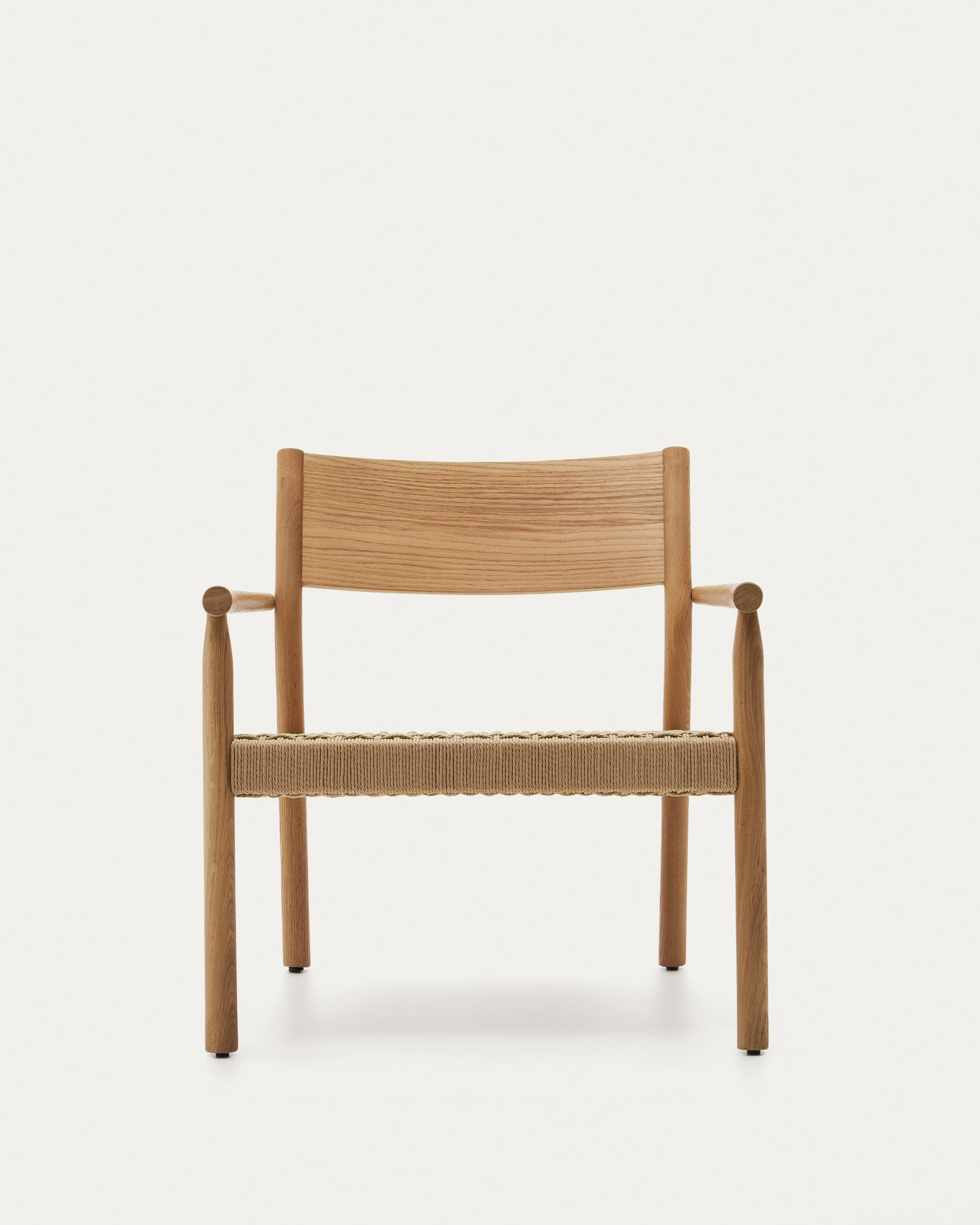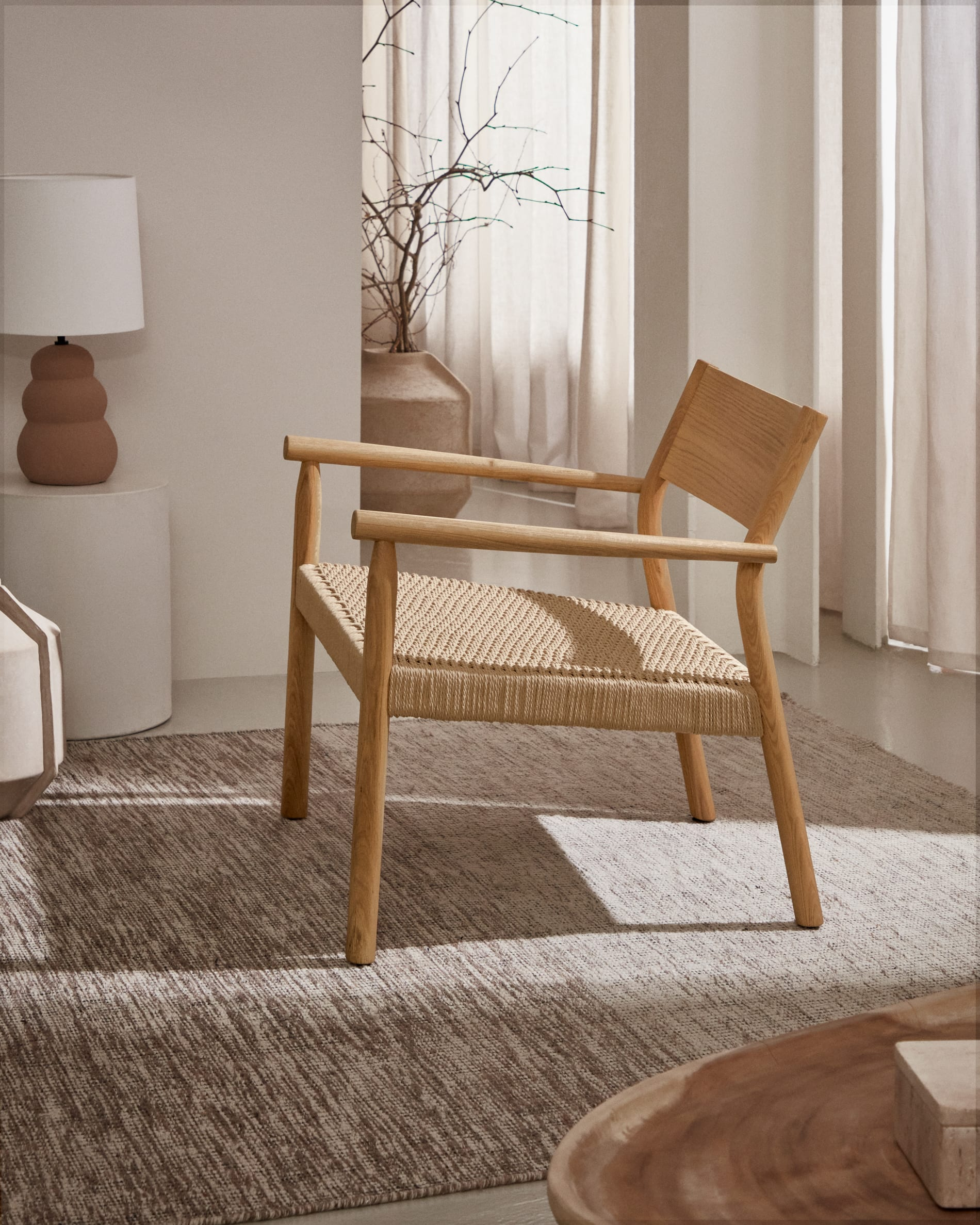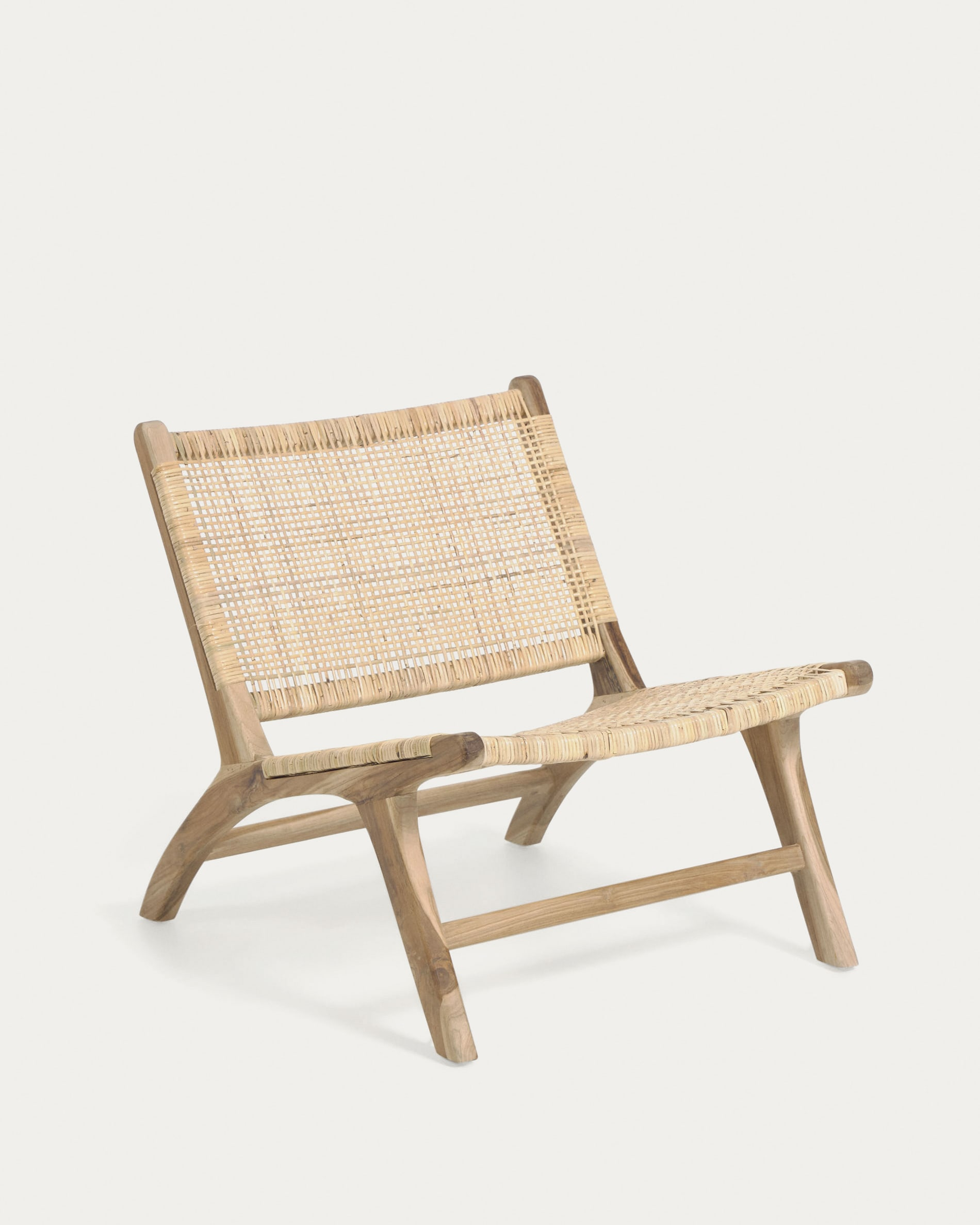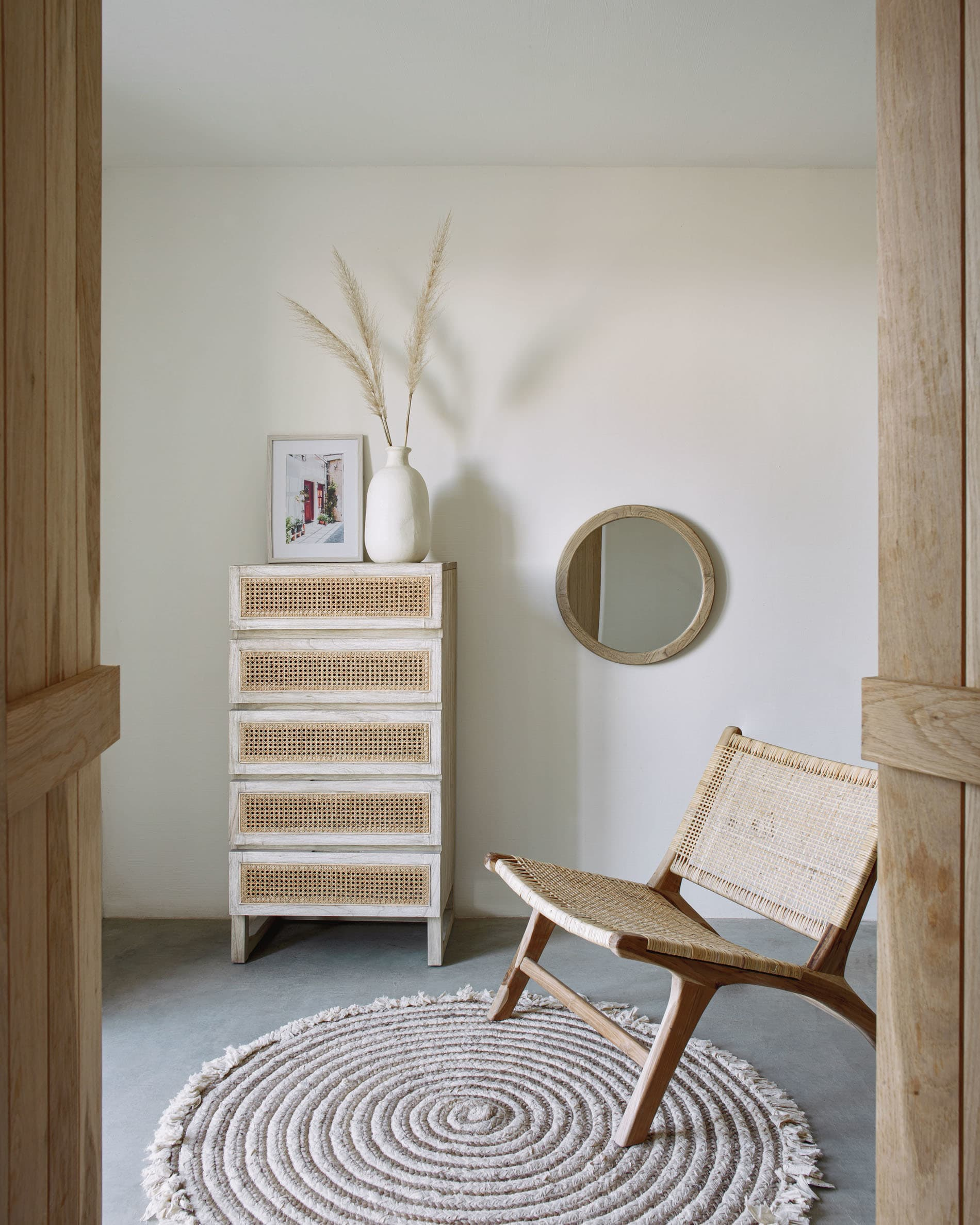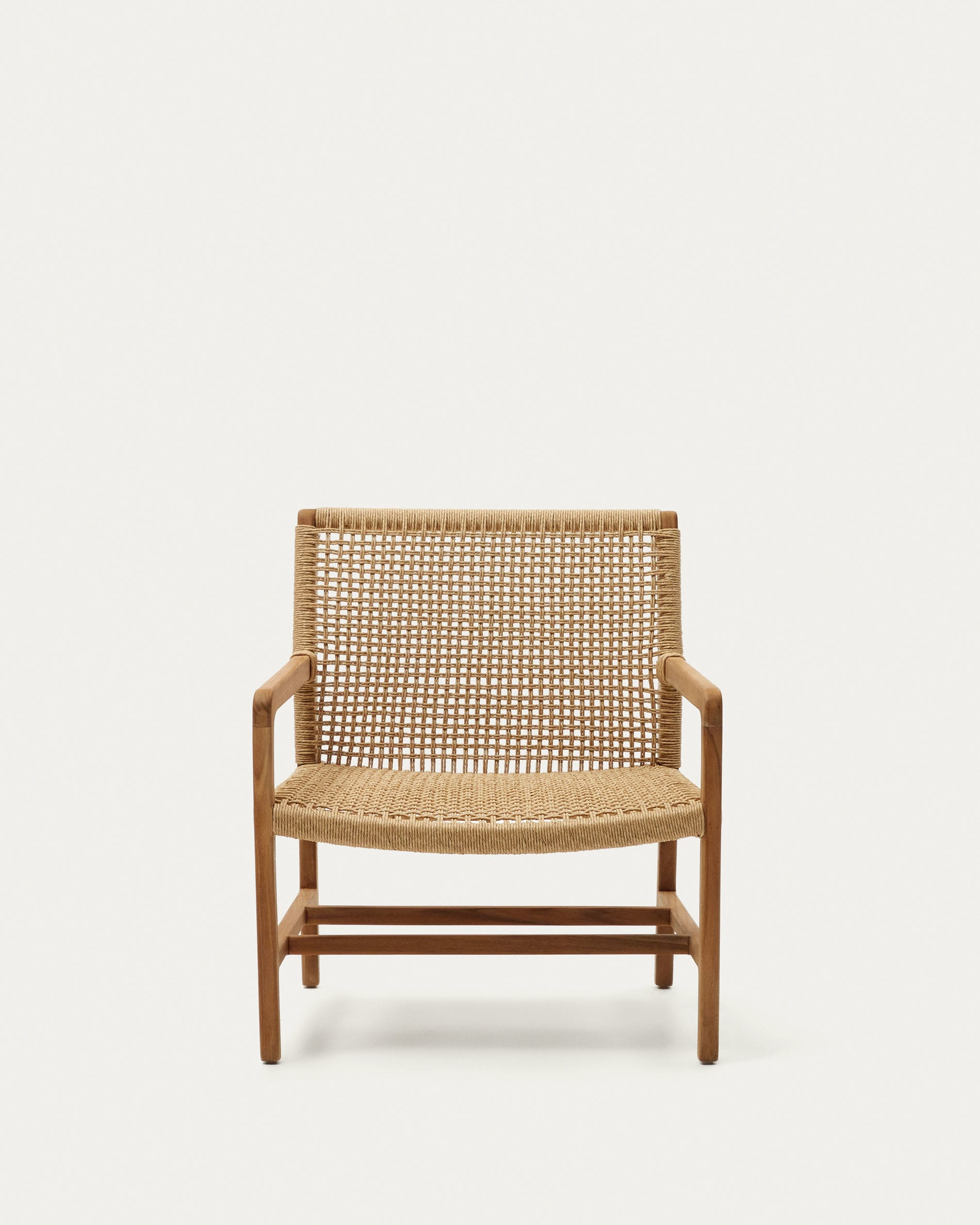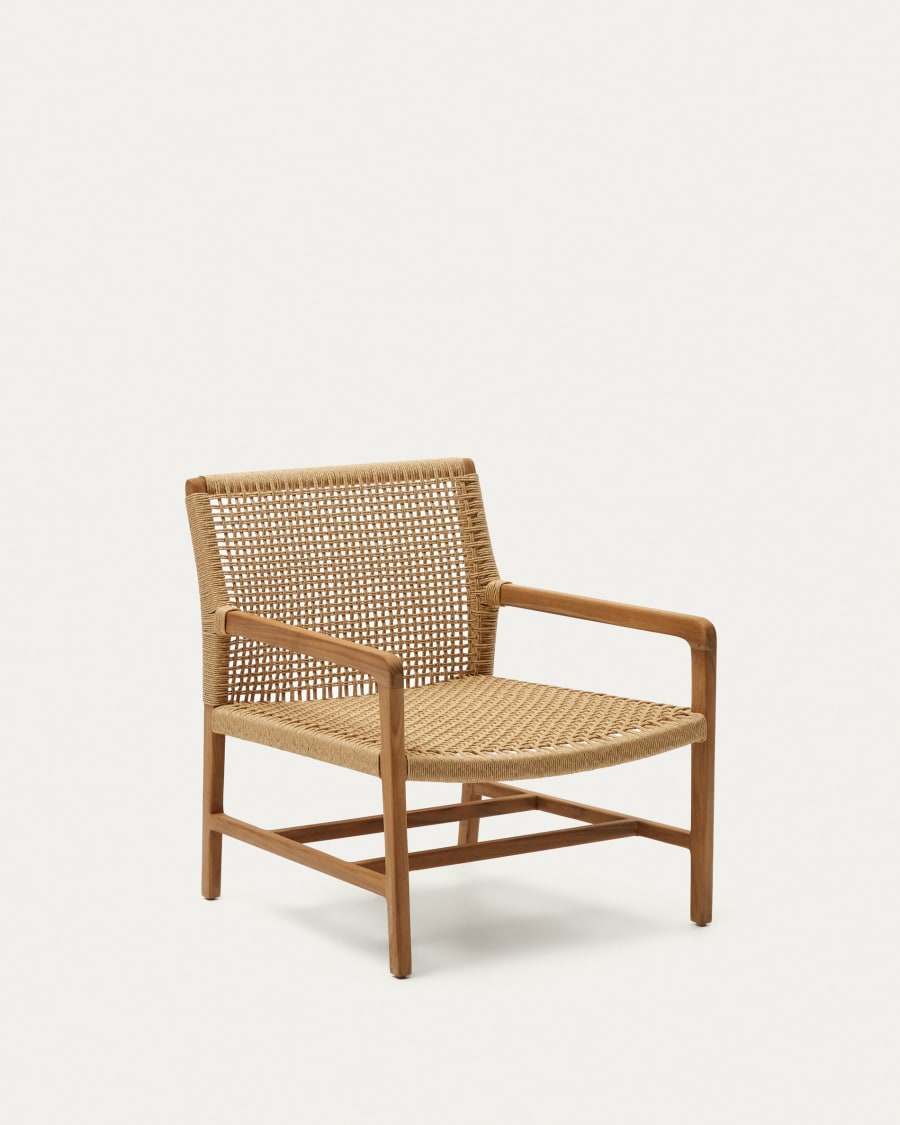- Home
- Japandi Armchairs
Japandi Armchairs
Design Principles Of Japandi Armchairs
At their core, Japandi armchairs embody the convergence of Japanese minimalism and Scandinavian functionality. These pieces prioritize clean, uncluttered lines that avoid excessive ornamentation, focusing instead on geometric simplicity and organic shapes. This design philosophy creates a visual calm, allowing the natural beauty of materials to take center stage. Unlike bulky, statement-driven furniture, Japandi designs maintain a low profile that complements rather than dominates modern interiors. The emphasis on negative space enhances the perception of openness in any room.
Functionality remains paramount - armrest angles encourage proper posture while maintaining sleek aesthetics. Scandinavian influences contribute subtle curves that contrast with the rigid rectilinearity of traditional Japanese forms. This balance creates pieces that feel both grounded and weightless, achieving what designers call "quiet luxury." The result? Furniture that disappears into its environment while simultaneously elevating it.
Material Choices Defining Japandi Style
The material palette of Japandi armchairs reads like a manifesto for sustainable sophistication. Light woods like bleached oak and ash provide airy Scandinavian warmth, while darker walnut and teak accents channel Japanese woodcraft traditions. These natural elements remain deliberately unpolished, celebrating wood grain irregularities that contradict mass-produced perfection. Linen and cotton upholstery dominate, selected for their tactile qualities and ability to age gracefully over time.
Designers intentionally limit synthetic materials, opting instead for vegetable-tanned leather that develops patina or untreated rattan accents that echo mid-century Danish designs. Even metal elements, when used, maintain organic forms rather than industrial rigidity. This material honesty creates a sensory experience - the grain beneath fingers, the subtle texture of natural fibers - that digital aesthetics cannot replicate. Each piece becomes a testament to craftsmanship that values enduring quality over passing trends.
Color Palettes And Durability
Japandi armchairs embrace a chromatic philosophy of restraint, with 83% of contemporary designs utilizing neutral tones according to recent market analysis. Soft greiges, warm taupes, and muted sand tones create visual continuity between Scandinavian hygge and Japanese wabi-sabi principles. Accents of deep charcoal or forest green appear sparingly, echoing Zen garden stones against natural backdrops rather than creating contrast for its own sake.
This subdued palette serves practical purposes too - neutral colors resist fading and maintain relevance as trends shift. Durable linen blends with natural dyes withstand sunlight exposure better than synthetic alternatives. The strategic use of wood tones creates depth without visual clutter, proving that simplicity need not mean monotony. This color strategy ensures armchairs remain timeless investments rather than transient decor statements.
Functional Aesthetics In Modern Interiors
Japandi armchairs solve a fundamental design challenge: how to make comfort feel intentional rather than indulgent. Their ergonomic forms follow human curves without sacrificing structural integrity, featuring seat depths calibrated for both lounging and conversational postures. Scandinavian designers often incorporate slight recline angles that balance Japanese formalism with Nordic pragmatism.
These pieces excel in multi-functional spaces where they might transition from reading nook to video call station. The absence of excessive padding maintains shape over years of use, while removable, washable covers address modern living realities. Unlike trend-driven designs, Japandi armchairs develop character through use, their linen covers softening with wear rather than showing signs of aging poorly.
What is a japandi armchair?
The Japandi armchair represents a harmonious fusion of Japanese minimalism and Scandinavian functionality, blending two distinct design philosophies into a single, timeless piece. Rooted in the Japanese concept of wabi-sabi—which celebrates imperfection—and the Nordic pursuit of hygge, or cozy comfort, these armchairs prioritize simplicity, durability, and a deep connection to nature. They are not just seats but intentional design choices that balance form and function.
At their core, Japandi armchairs embrace the beauty of natural materials. Wood, often in light or dark tones, is carefully selected to highlight its grain, while textiles like linen and cotton add softness. This approach reflects wabi-sabi by honoring organic textures and subtle imperfections, creating a tactile experience that feels both grounded and refined. The Scandinavian influence ensures every curve and angle serves a purpose, avoiding excess while emphasizing everyday usability.
Visually, these armchairs are defined by clean lines and low, organic profiles. Their designs avoid clutter, focusing on smooth contours and asymmetry that feel modern yet timeless. Functionality is non-negotiable: deep seats, ergonomic curves, and high-quality craftsmanship ensure longevity. This duality—minimalist aesthetics paired with enduring practicality—makes them ideal for spaces seeking calm amid modern life.
- Clean lines and simple forms: A fusion of Japanese minimalism and Scandinavian elegance.
- Natural materials: Prioritizing wood, rattan, linen, and cotton to connect with nature.
- Neutral and calming color palette: Shades of beige, grey, cream, and earthy tones to create a serene atmosphere.
- Functionality and comfort: Designed for everyday use, balancing a beautiful aesthetic with a comfortable and durable design.
By merging the warmth of Scandinavian design with the restraint of Japanese aesthetics, Japandi armchairs offer a sanctuary within modern interiors. They are not just furniture but a lifestyle choice, inviting users to slow down and appreciate the quiet beauty of intentional living.
How to choose your japandi armchair
Selecting a Japandi armchair requires balancing three pillars: natural materials that age beautifully, chair types tailored to specific functions, and design that merges Japanese minimalism with Scandinavian practicality. These elements ensure the chair serves both aesthetic and functional needs. Let’s dive deeper.
Focus on materials and textures
Japandi armchairs celebrate raw, unadulterated materials. Solid woods like oak, walnut, and beech form sturdy frames, their grain patterns evolving with time. Rattan and cane introduce a sense of airiness, echoing the Japanese concept of wabi-sabi—finding beauty in imperfection. These materials create visual interest without overwhelming a space.
Upholstery should prioritize linen, cotton, or bouclé in soft neutrals like oatmeal or dove grey. These fabrics enhance comfort while maintaining the style’s signature tranquility. For eco-conscious buyers, brands like Mater use innovative options like coffee-ground-based textiles, blending sustainability with design. Other examples include Cane-line’s use of natural rattan or CondeHouse’s focus on solid oak frames finished with natural oils.
- Wood: Choose oak for its durability or walnut for a darker, refined look.
- Rattan and Cane: Ideal for lightweight frames or woven backrests.
- Upholstery: Linen resists pilling; bouclé adds subtle texture.
- Sustainable options: Look for FSC-certified wood or recycled fiber blends.
Consider the armchair type and its function
Japandi armchairs adapt to diverse needs. Lounge chairs, like CondeHouse’s NAGARE or Mater’s Eternity models, favor deep seats and ergonomic support for lounging. Accent chairs, such as Cane-line’s Peak Indoor Chair, serve as sculptural accents in compact areas. Rocking chairs, like the Parc Rocking Chair, blend comfort with gentle motion for nurseries or reading corners.
| Type of Chair | Primary Use | Key Feature | Ideal Placement |
|---|---|---|---|
| Lounge Chair | Relaxation, reading | Low, deep seat with cushions | Living room, reading nook |
| Accent Chair | Extra seating, decor | Compact, unique silhouette | Hallway, bedroom corner |
| Rocking Chair | Comfort with motion | Curved runners, ergonomic design | Nursery, sunroom |
Evaluate design, form, and color
Japandi design thrives on intentionality. Seek chairs with clean lines and organic curves, avoiding overly ornate details. Visible joinery or subtle contours, as seen in Moroso’s Gogan Collection, celebrate craftsmanship without excess. The goal is a chair that feels both substantial and uncluttered.
Color choices anchor the style in serenity. Neutral upholstery—beige, taupe, or soft grey—pairs with light oak or dark walnut frames. For contrast, matte black legs or brass accents add refinement without disrupting the calm palette. This approach ensures the chair remains timeless, adapting to evolving interior trends while honoring Japandi’s core principles of balance and understated elegance.
How To Integrate A Japandi Armchair Into Your Home
A Japandi armchair isn’t just furniture—it’s a bridge between Japanese restraint and Scandinavian warmth. To honor its essence, placement matters as much as design. Let’s explore how to make this piece the heart of intentional living. The fusion of Japanese minimalism’s stillness and Nordic practicality’s coziness creates a style where simplicity meets soul, and your armchair becomes both anchor and art.
Create A Serene Reading Nook
Transform a quiet corner into a sanctuary with a Japandi lounge chair. Position it near a window for natural light, pairing it with a slim wooden side table and a minimalist floor lamp. Choose a design with clean lines and a neutral finish—think light oak or muted linen upholstery—to anchor a space that prioritizes calm over clutter. For example, the CondeHouse NAGARE Lounge Chair blends ergonomic curves with a solid wood base, merging comfort and artistry. Pair it with a bamboo floor lamp or a paper pendant light to diffuse illumination softly, echoing the Japanese concept of eniwa, or gentle transitions between spaces.
As A Statement Piece In The Living Room
Let the armchair redefine your living room’s energy. Opt for an accent chair with a sculptural silhouette in dark wood or textured wool. Place it slightly apart from the sofa to create a subtle visual break, ensuring its muted tones—smoke gray or soft beige—harmonize with the room’s palette. This isn’t decor; it’s curated contrast. A low-profile design like the Cane-line Nest Lounge Chair reinforces the Japandi principle of grounded, human-scaled furniture. Balance its presence with open floor space, letting the chair “breathe” within the room’s symmetry.
Accessorize With Intention
Accessories aren’t optional—they’re the quiet details that elevate minimalism. Stick to organic textures and muted hues to avoid visual noise. Consider these essentials:
- Cushions and Throws: Layer one linen cushion in a soft oatmeal tone with a cotton throw in heathered gray for tactile warmth.
- Nearby Rug: Anchor the chair with a jute rug in a natural finish or a wool weave with subtle tonal variation to add grounding texture.
- Minimalist Plant: A bonsai or snake plant in a matte ceramic pot introduces life and quiet elegance, honoring the style’s nature-centric roots. For subtle contrast, a monstera in a woven basket aligns with Japandi’s “quiet luxury” ethos.
Every Japandi choice is deliberate. This isn’t about trends—it’s about crafting a space that feels inevitable. By merging Japanese wabi-sabi’s imperfection with Scandinavian hygge’s comfort, you’re not decorating. You’re curating peace. The goal? A chair that doesn’t just sit in your home—it belongs to it.
FAQ
What defines a Japandi armchair's design philosophy?
Japandi armchairs embody the harmonious fusion of Japanese minimalism and Scandinavian functionality, prioritizing simplicity, natural materials, and enduring quality. These pieces celebrate clean lines, organic shapes, and a restrained color palette, often blending warm woods like oak or walnut with textiles such as linen or bouclé. Rooted in Wabi-Sabi principles, they embrace subtle imperfections in materials—like visible wood grain or textured rattan—to evoke serenity and a connection to nature.
What materials are most commonly used in Japandi armchairs?
Natural, sustainable materials dominate Japandi design. Solid woods such as oak, walnut, and beech form durable frames, while rattan or cane add lightweight texture. Upholstered models favor linen, cotton, or bouclé in neutral tones, enhancing comfort without sacrificing aesthetics. Brands like Mater even incorporate recycled materials, such as coffee-ground composites, for eco-conscious durability. This material synergy ensures both tactile warmth and a timeless, earthy elegance.
How do you choose the right Japandi armchair for your space?
Start by defining the chair’s purpose: opt for a lounge chair with plush cushions for relaxation or an accent chair with a sculptural silhouette to anchor a reading nook. Prioritize materials that complement your existing decor—dark walnut for contrast or light oak for airiness. Stick to neutral upholstery with subtle texture variations, and ensure proportions align with your room’s scale. Balance practicality and style by selecting a design that marries comfort with the Japandi ethos of mindful, clutter-free living.
How can you integrate a Japandi armchair into modern interiors?
Position a lounge chair near a window with a floor lamp and small wooden side table to craft a serene reading corner. In living rooms, use an accent chair with a unique silhouette to create a focal point—pair it with a minimalist rug and a potted snake plant for organic contrast. For bedrooms, a rattan-backed armchair adds quiet elegance beside a bed or vanity. Keep surrounding decor minimal to honor the chair’s clean lines while layering in subtle textures like a wool throw or jute rug for depth.
Are Japandi armchairs worth the investment?
Yes, their durability and timeless design make them a valuable addition. Prices vary widely—from accessible options like Mater’s Eternity Armchair ($561) to premium pieces like CondeHouse’s BARCA LUX Lounge Chair ($12,750)—but prioritize craftsmanship and materials over trends. Investing in a high-quality Japandi armchair ensures longevity, reducing the need for frequent replacements. For budget-conscious buyers, focus on brands offering sustainable materials or modular designs that adapt to evolving tastes while retaining their core aesthetic appeal.
